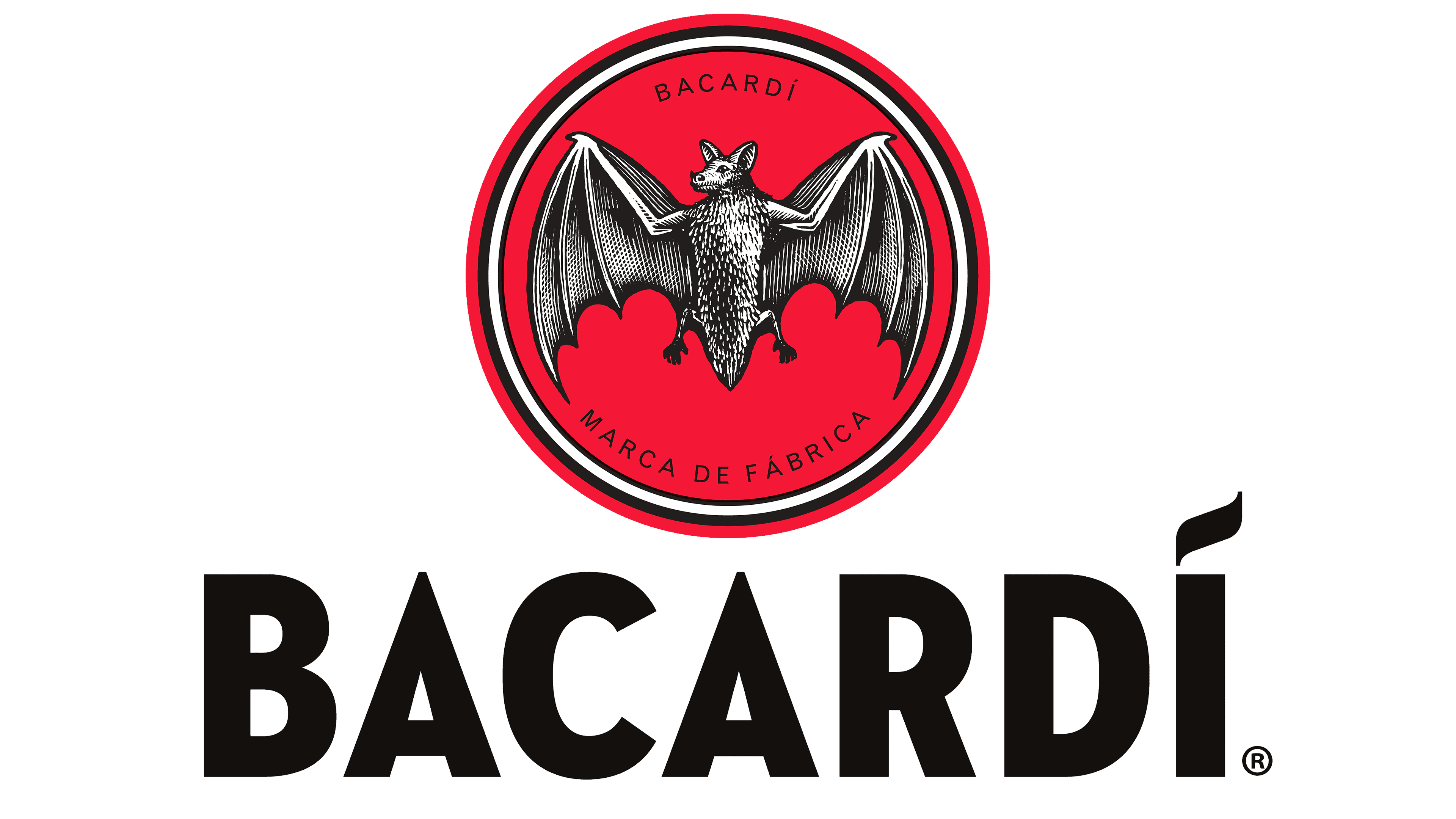Contents
Recent research has shown that a positive organisational climate boosts performance, but performance alone won’t create a positive climate (Boyce et al., 2015).
At its best, an organisational climate offers the optimal environment for people to deliver the company vision and embrace on-going change. Cultivating a strong organisational culture and the right conditions to drive change is key.
Successful conditions include: Trust, Collaboration and Support.
Trust – Creating the Atmosphere
In any ecosystem, the way in which community members interact within the physical environment is crucial to its success. Within organisations, trust is the essential foundation for the formation of effective relationships, so it stands to reason that leaders can reap benefits from strengthening it. This is especially true through times of change and uncertainty.
As organisations continue to transform and adapt to challenges such as digitalisation, remote working, virtual teams and cross-functional structures – the necessity for trust is only increasing. More and more organisations are adopting matrix structures, uniting multiple business units and functions to gain efficiencies and enable cooperation across silos (Cracking matrix code PDF). Within these environments, managers must shift focus in their teams from maximising results at a local level to acting in the best interest of the enterprise as a whole, and trust that their counterparts elsewhere are doing likewise.
Leading within these dynamic environments – often without direct authority or line management relationships – requires a different approach in order to build high levels of trust. Leaders must develop multi-dimensional trust by exhibiting consistent leadership behaviours like:
- Leading by influence – showcasing curiosity, empathy, adaptability & resilience
- Encouraging autonomy – welcoming challenge & empowering people to push boundaries for progress
- Promoting open & honest communication – being transparent in decision-making, welcoming feedback & inviting others to ask questions
- Rewarding collaboration – embracing diversity for innovation & uniting teams towards a shared vision
Leaders who inspire trust earn higher levels of performance in areas such as; output, morale, retention, innovation, loyalty and revenue (Horsager, 2014), showing a clear link between trust and success.
Collaboration – Realising Opportunities
High trust means more positive relationships, and more positive relationships equals more opportunities. Ultimately what defines collaboration is – the delivery of high performance outcomes through effective workplace relationships. According to a study conducted by Deloitte in 2016, breaking down functional silos and focusing on cross-functional collaboration, is considered crucial to success in modern working environments.
So, where do you start?
The size of an organisation can create challenges for these networks to occur organically, particularly in ones with complex matrix structures. Structures with multiple moving parts are highly susceptible to developing silo mentalities and/or unhealthy sub-culture behaviours. Successful matrix leaders bring clarity, understanding and cooperation to embrace different perspectives and increase the potential for creative solutions, even through times of ambiguity.
Simplifying the complexity starts with an update to how we work across teams:
It can’t stop there! The success of an organisation is vested in the formation of sustainable internal and external relationships. The most effective change leaders will connect their community within and beyond the structure of their core business walls. Use the expertise of external networks; be it your customer base, business partners or shared associations. When employees are shown how internal behaviours and objectives align with external outcomes; people see how their work can make a bigger difference in the world (Celep, Brennan, Mosher, 2016).
Support – Weathering the Storm
Change within an organisation is about forming and cultivating behaviours, habits, and attitudes of people. So there’s no quick fix. Change can create challenges, which require a supportive organisational climate.
Leading within a changing organisation requires effective follow through with support in order to sustain momentum and embed a strong organisational purpose (Newman, 2005). The key is to incorporate a support plan for change from the very beginning.
The consistent and on-going utility of open communication channels is essential for continuing to gather insight and feedback. This “two-way street” concept means providing regular and timely updates to employees in a manner that encourages and inspires, paired with the ability to listen and accept feedback from them in return. The best change leaders provide the right amount of consistent support and help their teams understand how and where they can ask for help when needed. This helps maintain cohesion under pressure to achieve a high performance climate.
It may seem obvious, but steady support under these conditions requires a deliberate level of visibility from leadership as well. Making time to be present for feedback sessions, follow up meetings, and actively investing in your people builds continued trust and nourishes a support system through change, while embedding standards for success. Over time, this will embed the right mind-sets and behaviours for an organisational climate that will endure, and ultimately thrive, through change.
These conditions begin to occur when an atmosphere is open, connections are clear and the ways of working allow for variation, along with visible leadership. Each organisation may have its own vision of what success looks, but the one thing to remember is – strong performance is not sustainable without a strong climate to preserve it.
Ask yourself:
Are You creating the conditions that support a high-trust environment?
Have You recognised and rewarded those who seek out effective internal and external collaboration opportunities?
Do You provide enough on-going support for successful change follow-through?
Want to find out more about how ChangingPoint can support your organisation be more innovative and change ready? Take a look at our change leadership programme for more information.
References
- Boyce et al. (2015). Which comes first, organizational culture or performance? A longitudinal study of causal priority with automobile dealerships. Journal of organizational Behaviour, 36, 339 – 359.
- Celep, A., Brenner, S., Mosher-Williams, R. (2016). Internal Culture, External Impact: How a Change-Making Culture Positions Foundations to Achieve Transformational Change Foundation Review: Vol. 8: Iss. 1, Article 12.
- Horsager, D. (2014). You Can’t Be A Great Leader Without Trust.
- Building trust in the workplace
- Mitchell, R., Nicholas, S. (2006). Knowledge Creation in Groups: The Value of Cognitive Di- versity, Transactive Memory, and Open-mindedness Norms. The Electronic Journal of Knowledge Management Volume 4 Issue 1, pp 67-74, available online at www.ejkm.com
- Newman, M. (2005). Emotional Capitalists.
- Nicholas, S., O’Flynn, J., Sammartino, A. (2002) Managing Diverse Work Teams: A Business Model for Diversity Management.
- Weymes, E. (2010). Relationships not leadership sustain successful organisations.
- Social Capital, Trust, and Firm Performance:The Value of Corporate Social Responsibility During the Financial Crisis
- Achieving digital maturity: Adapting your company to a changing world
- Trust in Digital Environments: From the Sharing Economy to Decentralized Autonomous Organizations

Written by Jayne Ruff
Jayne Ruff, Occupational Psychologist & Managing Director at ChangingPoint. To find out more about how ChangingPoint can help you align minds to transform your business, get in touch.
From the blog

Blog How Leaders Can Create Psychological Safety at Work
While many discussions about safety in the workplace are rightfully centred around physical health and safety, they should be expanded to cover psychological safety at work too.
Read more
Blog Strife or Thrive? 7 Most Common Challenges in Family Businesses
Take a closer look at how tradition, innovation, and change intersect within a family business context.
Read more
Blog The Glass Cliff: A Perilous Path for Women in Leadership
Learn what the glass cliff is, how it affects women’s leadership positions, and what we can do together to create more inclusive workspaces.
Read more






